Kirby has been a Nintendo mainstay since the early 1990s, turning a deceptively simple pink hero into one of gaming’s most flexible and approachable characters. Across dozens of titles, he’s showcased mechanics that teach players the basics while still leaving plenty of room for mastery, speedrunning, and creative problem-solving. Behind the scenes, Kirby’s universe has grown into a tightly knit web of characters, music, and lore that keeps long-time fans digging for details and new players instantly at home.
From the first Game Boy adventure to full 3D platforming, Kirby’s design has adapted to new hardware without losing what makes the series tick: readable visuals, responsive controls, and powers that transform both combat and traversal. Whether you’re looking at the technology, the level design, or the cross-media adaptations, there’s a lot of concrete craft packed into this round hero’s adventures.
The Copy Ability System
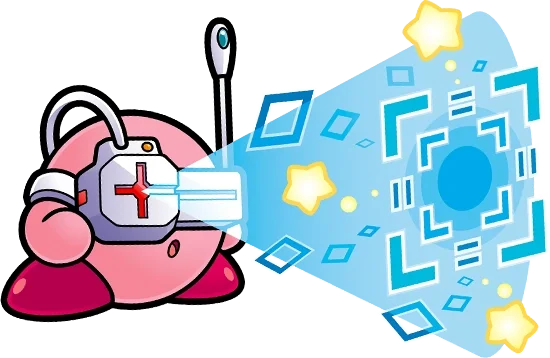 Nintendo
NintendoKirby’s Copy Ability system turns enemies into tools by letting players absorb attacks and transform combat options on the fly. Introduced early in the series and expanded over time, Copy Abilities like Sword, Fire, Hammer, and Cutter modify Kirby’s moveset, hitboxes, and sometimes his movement, turning levels into playgrounds for experimentation. Variants such as elemental fusions, ability hats, and branching move lists create meaningful differences in range, damage, and utility.
Games iterate on this framework with context-specific mechanics—Combine-to-evolve powers in Kirby 64, Robobot armor modules in Planet Robobot, and Mouthful Mode in Kirby and the Forgotten Land—each layering new interactions onto environmental puzzles. Designers frequently place enemies and hazards to encourage ability swaps mid-stage, teaching tactics like parrying projectiles with Sword or triggering fuses with Fire to reach optional routes.
Inhale, Star Spitting, and Environmental Interactions
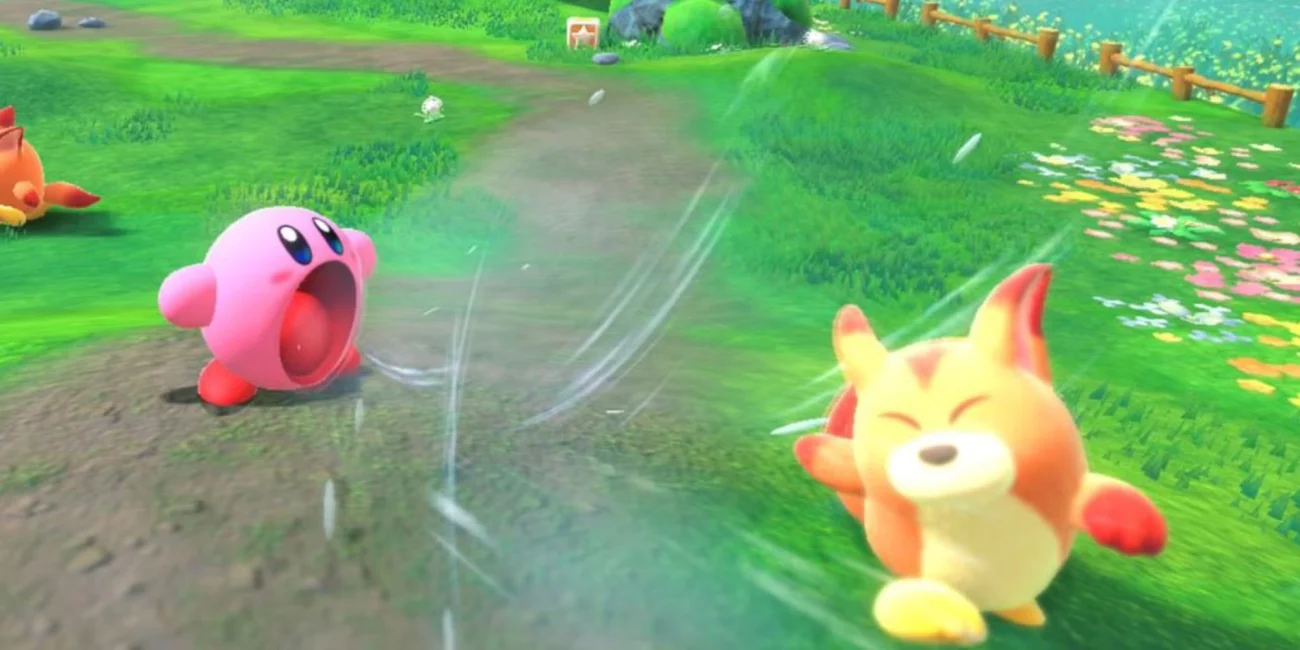 Nintendo
NintendoKirby’s inhale is a physics-based core that supports combat, platforming, and puzzle logic. The suction cone captures enemies and objects, and the decision to swallow (for Copy Abilities) or spit (as star projectiles) gives players tactical choice at nearly every moment. Star-spitting maintains consistent knockback rules and projectile speed, making it a reliable fallback even when no suitable ability is available.
Level objects—blocks, keys, switches, fuse ropes, and bomb blocks—are built to respond predictably to inhaled and spat items. Designers leverage this consistency to introduce mechanics without text, such as teaching that metal blocks resist most attacks until a specific interaction is discovered, or that carrying an item across moving platforms requires timing rather than brute force.
Warp Star, Hovering, and Mobility Design
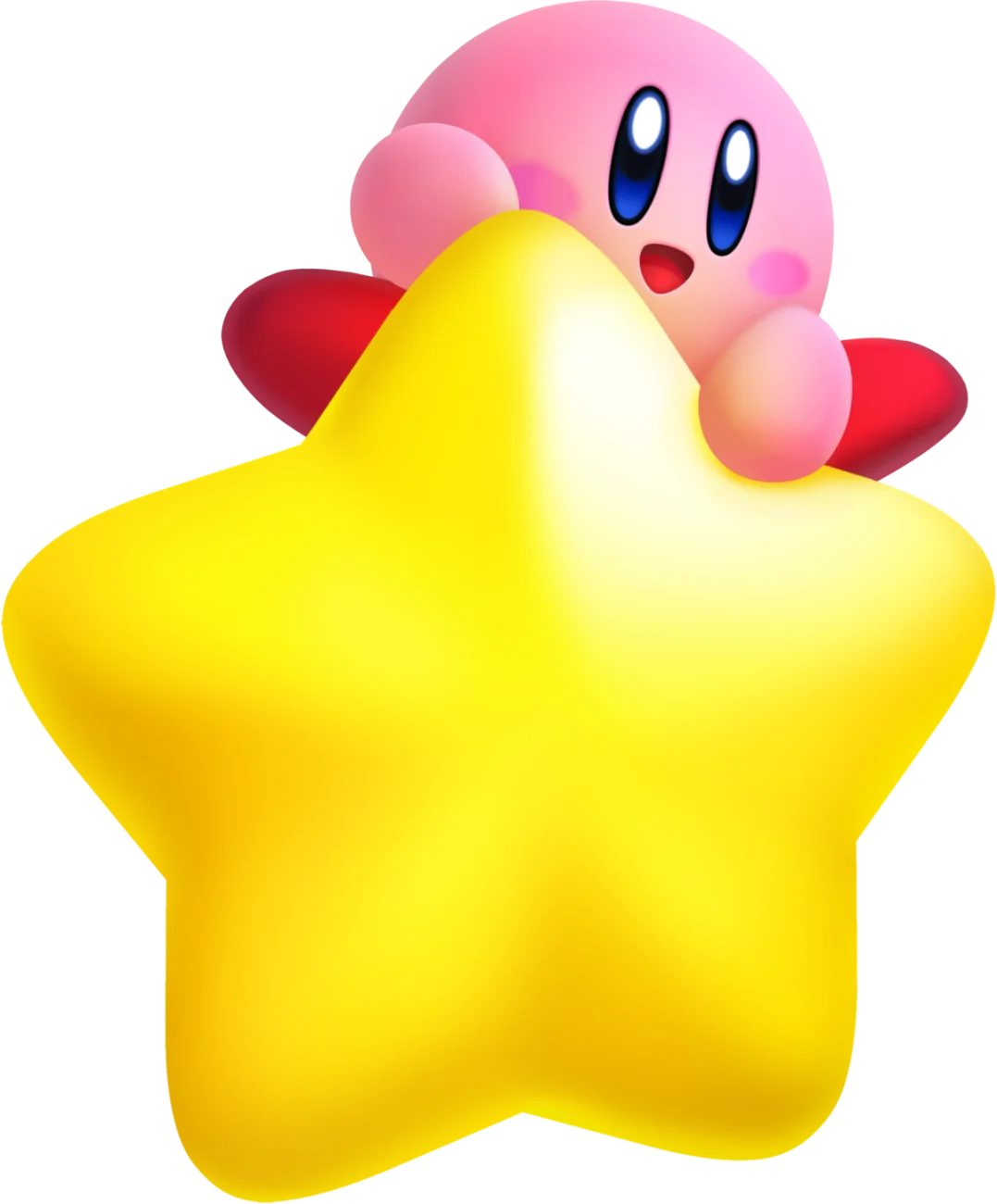 Nintendo
NintendoKirby’s mobility suite includes multi-hop hovering, short-burst flight, slides, and the iconic Warp Star for high-speed transitions. Hovering provides generous recovery windows that lower frustration while level layouts and wind currents trim overuse, nudging players toward skillful platforming rather than indefinite flight. The Warp Star’s role is both mechanical—fast travel between dioramas—and cinematic, framing stages with momentum and clear visual staging.
Advanced entries layer mobility with ability-specific movement—Cutter-boosted traversals, Wheel for speed sections, and Drill tunneling in recent games—so routes can be tailored to a chosen toolkit. Time-attack rooms, moving set-pieces, and optional challenge doors then test mastery of these movement rules under constraints like autoscrollers or fuse timers.
Super Smash Bros. Cross-Series Presence
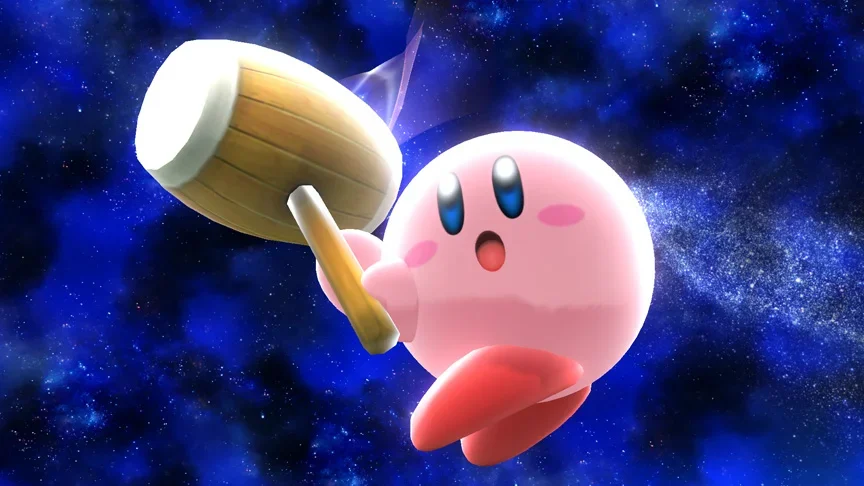 Nintendo
NintendoKirby’s moveset in Super Smash Bros. adapts the inhale and Copy mechanics into competitive rules, letting him copy an opponent’s neutral special and shift matchup dynamics. His crouch, multiple jumps, and off-stage recovery translate series mobility into edge-guarding tools, while stone transformations and hammer attacks embody high-risk, high-reward options reflecting their platforming roots.
Stages and music pulled from Kirby games carry over mechanical identity—platform layouts, hazards, and medley arrangements—exposing new audiences to the franchise’s motifs. This cross-series presence reinforces consistent character readability across genres, showing how core verbs like inhale, jump, and transform can be re-contextualized without losing clarity.
Visual Experiments: Yarn, Clay, Mechs, and Full 3D
 Nintendo
NintendoKirby’s art direction shifts to match engine experiments: textile-based physics in Kirby’s Epic Yarn, clay-stop-motion stylings in Kirby and the Rainbow Curse, mechanized power-ups in Planet Robobot, and fully 3D platforming structure in Kirby and the Forgotten Land. Each aesthetic change serves mechanics—threads you can pull become platforms; clay lines function as player-drawn rails; mech forms map Copy Abilities to modular suits.
These styles also showcase pipeline ingenuity: silhouette-friendly shapes, strong outline language, and readable VFX ensure that, despite material changes, enemy telegraphs and item affordances remain obvious. Texture resolutions, shader choices, and camera behavior are tuned so collectibles, weak blocks, and traversal cues pop at a glance, even for younger players.
Music and Sound Design
 Nintendo
NintendoKirby’s soundtracks blend catchy leitmotifs with driving stage themes that communicate pacing and mood. Composers at HAL Laboratory structure melodies to be instantly memorable, then remix them across games to signal narrative beats—Meta Knight encounters, boss escalations, or late-game twists—so returning players recognize stakes through music alone. SFX like inhale whooshes, star spits, and ability chimes are mixed to cut through dense action and convey state changes.
Adaptive arrangements and instrument choices support each title’s visual motif: chiptune-inspired lines on handheld entries emphasize clarity over limited channels, while orchestral and synth hybrids on newer hardware add depth without muddying rhythmic cues. Challenge stages often use tight loop structures to aid concentration during time-limited puzzles and precision tasks.
Recurring Rivalries and Character Roles
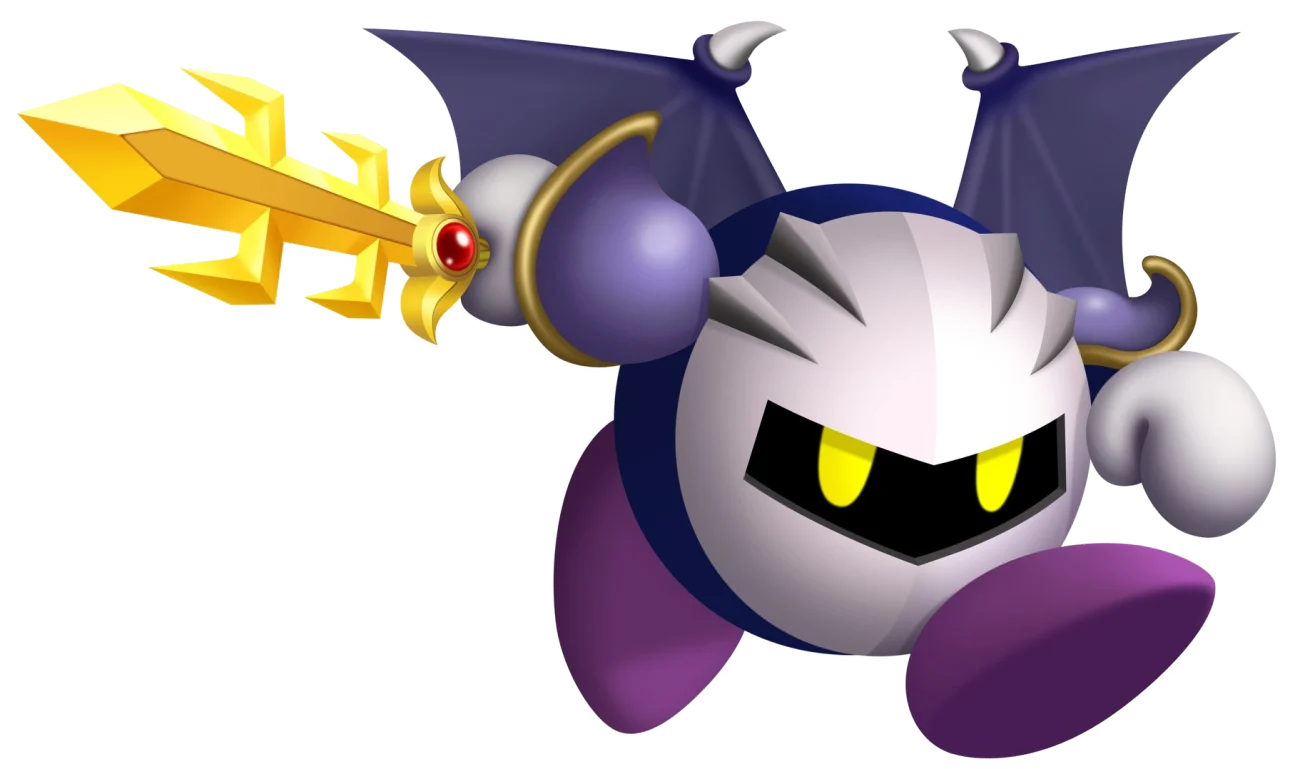 Nintendo
NintendoKing Dedede and Meta Knight serve as recurring foils with distinct mechanics. King Dedede’s hammer attacks and inhaling echo Kirby’s own verbs, creating mirrored duels that teach counter-play and spacing. Meta Knight’s speed, multi-hit slashes, and scripted duels introduce pattern recognition and defensive timing, often pairing narrative beats with skill checks.
Supporting characters like Waddle Dee variants, Bandana Waddle Dee, and helper systems teach cooperative roles. In co-op modes, Bandana Waddle Dee’s spear reach and throw options complement Kirby’s adaptive toolkit, demonstrating how fixed-kit characters can balance flexible ones in encounter design and boss arenas.
Level Architecture and Optional Challenges
 Nintendo
NintendoKirby stages commonly use layered routes—foreground to background shifts, hidden doors, and collectible-gated paths—to encourage replay without hard-locking progress. Collectibles like Energy Spheres, Sun Stones, or Waddle Dee rescues are placed to reward observation, ability experimentation, or time-based execution. Boss and EX-boss variants extend this loop by offering remixed patterns and tighter damage windows.
Standalone challenge rooms focus on a single ability’s move list under time or score constraints. These rooms act as skill tutorials and mastery tests, tracking medals or target times. Designers place visual signposts—bomb block chains, fuse candles, and enemy lineups—to suggest optimal routes, converting a casual toolset into a score-chasing playground.
HAL Laboratory and Design Philosophy
 Nintendo
NintendoKirby originated at HAL Laboratory under a design approach that prioritizes readability, generous recovery, and immediate fun while still scaling to expert play. Early decisions—like a round silhouette, high-contrast colors, and oversized facial expressions—ensure clarity on small screens and at low resolutions. Control responsiveness and low input complexity let new players explore abilities without memorizing long combos.
Subsequent entries preserve these principles while updating systems to match hardware capabilities—adding analog-friendly movement, camera assists, and accessibility options such as co-op or invincibility items. The result is a framework where mechanics remain approachable but are robust enough to support challenge modes, score chasing, and speedrunning communities.
‘Kirby: Right Back at Ya!’ (2001–2003)
 Studio Sign
Studio SignThe anime series expanded the franchise’s world by introducing recurring story structures, localized scripts, and character development outside of game levels. Episodes focused on Dream Land’s inhabitants, the role of Nightmares as antagonists, and character dynamics that clarified motivations for figures like King Dedede and Meta Knight. This provided reference points that later games could nod to through dialogue, animations, or stage themes.
Production spanned multiple seasons with televised broadcasts and subsequent international localization. The show’s monster-of-the-week format offered consistent exposure to enemy archetypes and signature abilities, reinforcing brand identity. Merchandising, music cues, and voice acting created a transmedia loop that fed back into game recognition for characters and motifs.
Share your favorite Kirby fact or moment in the comments so everyone can compare notes!

.jpeg)



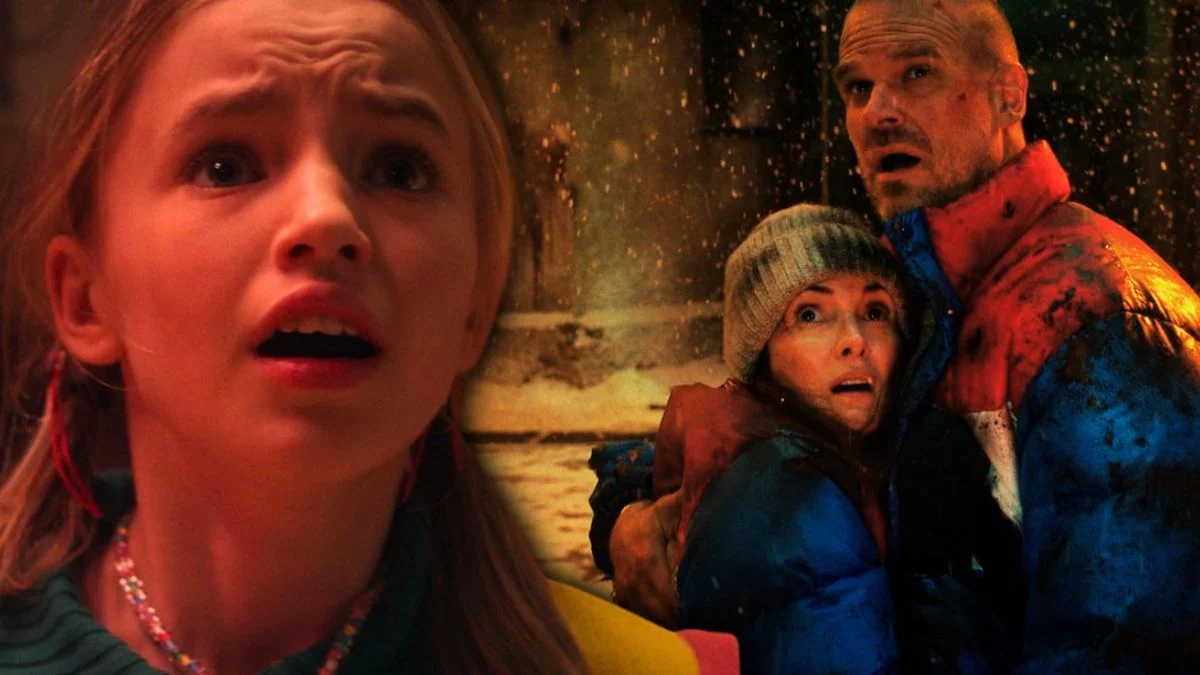



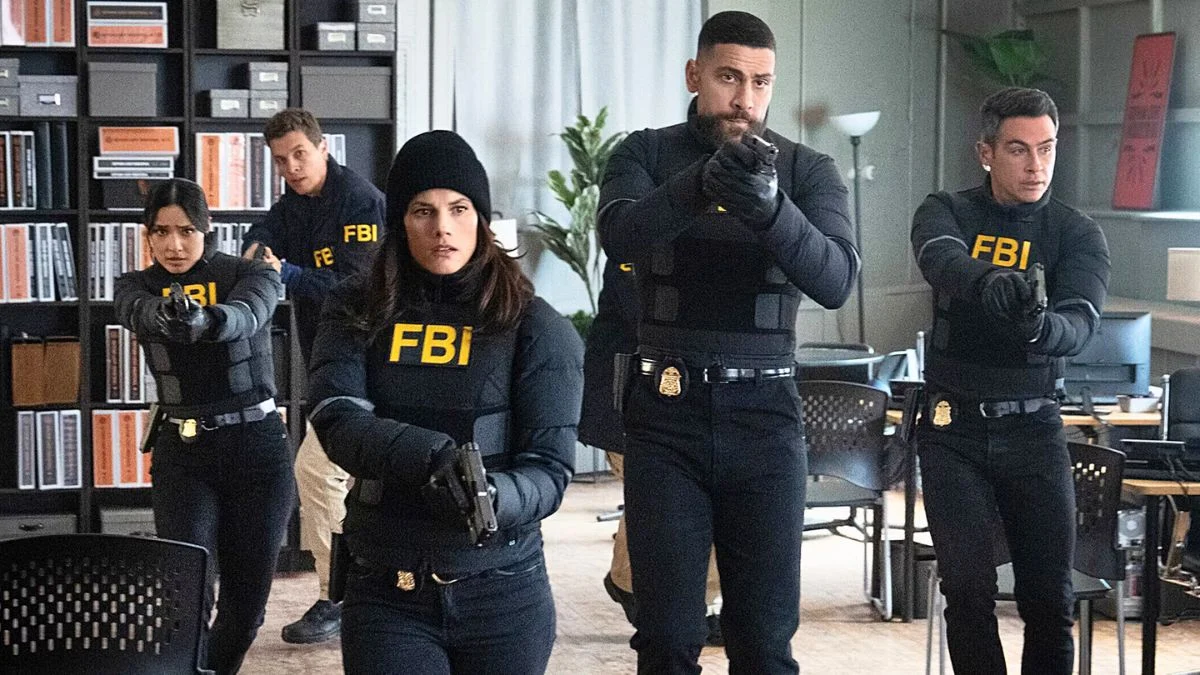

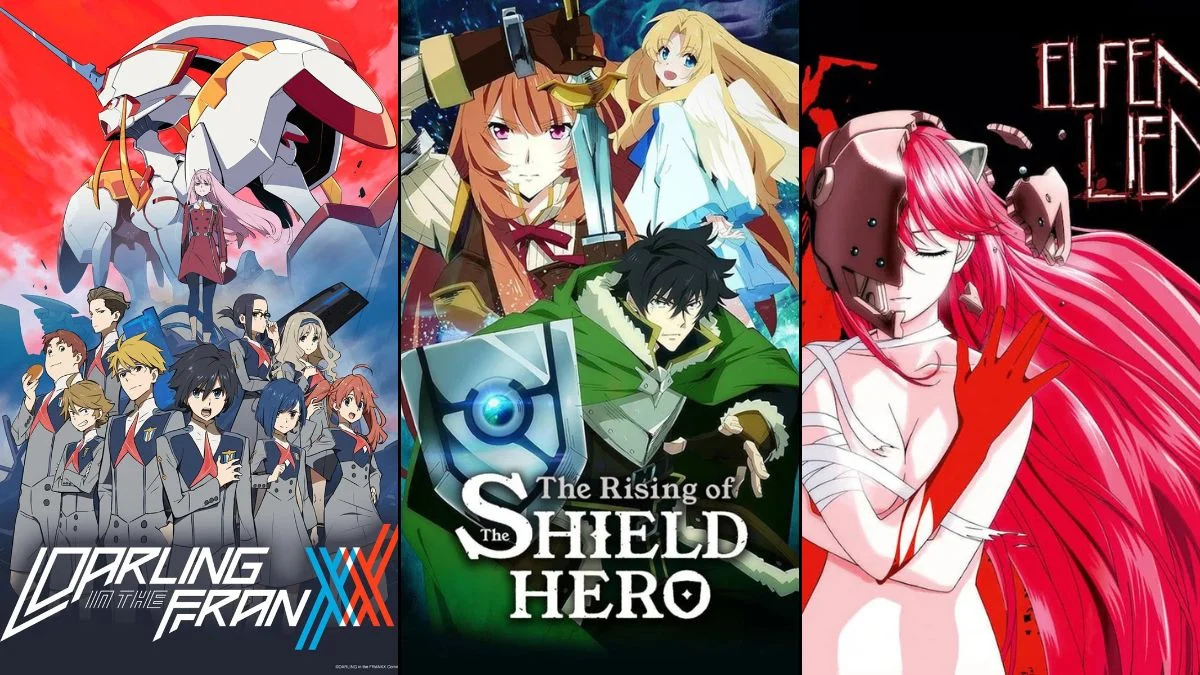



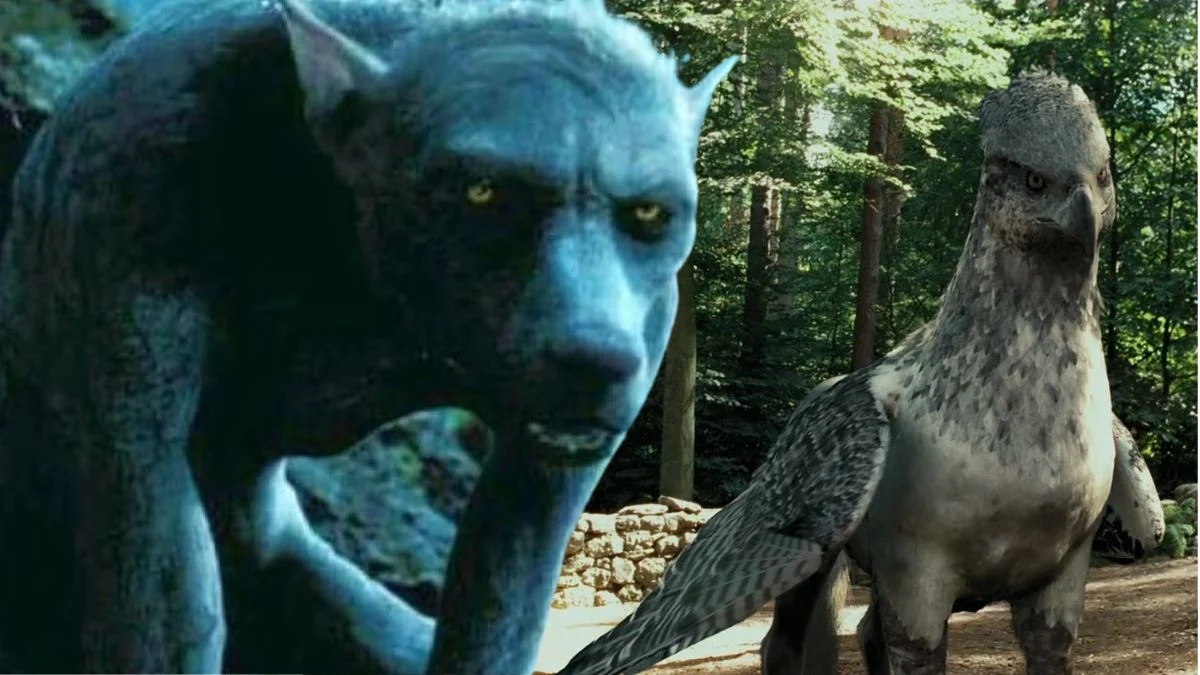


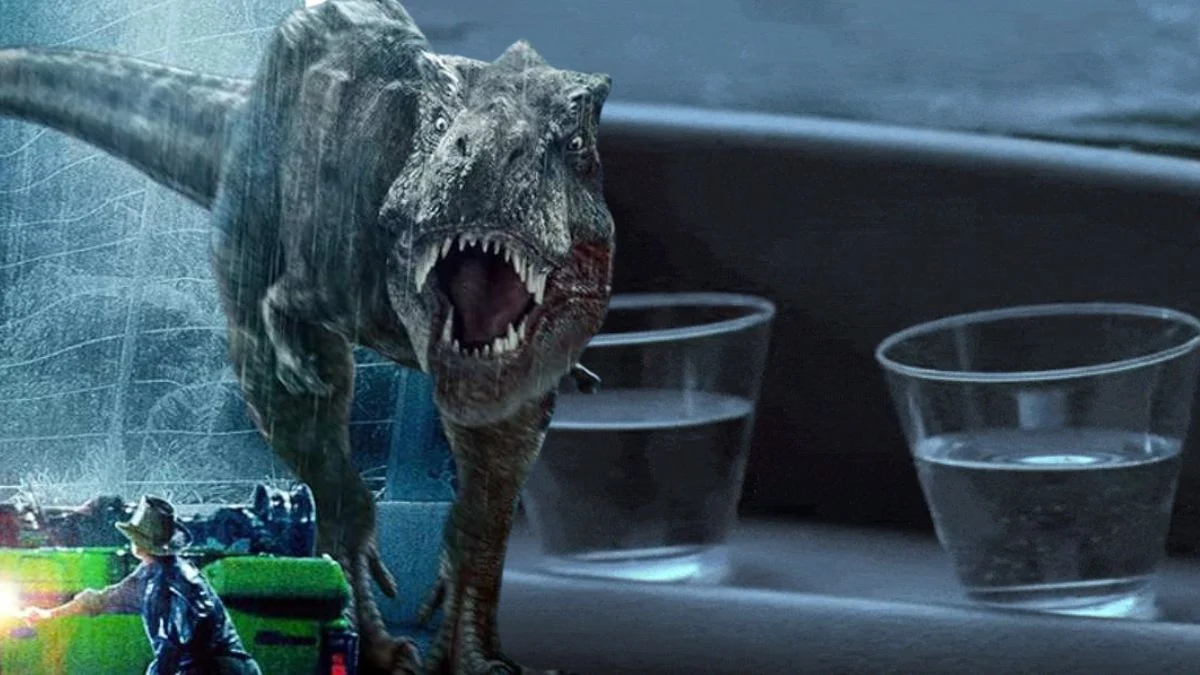
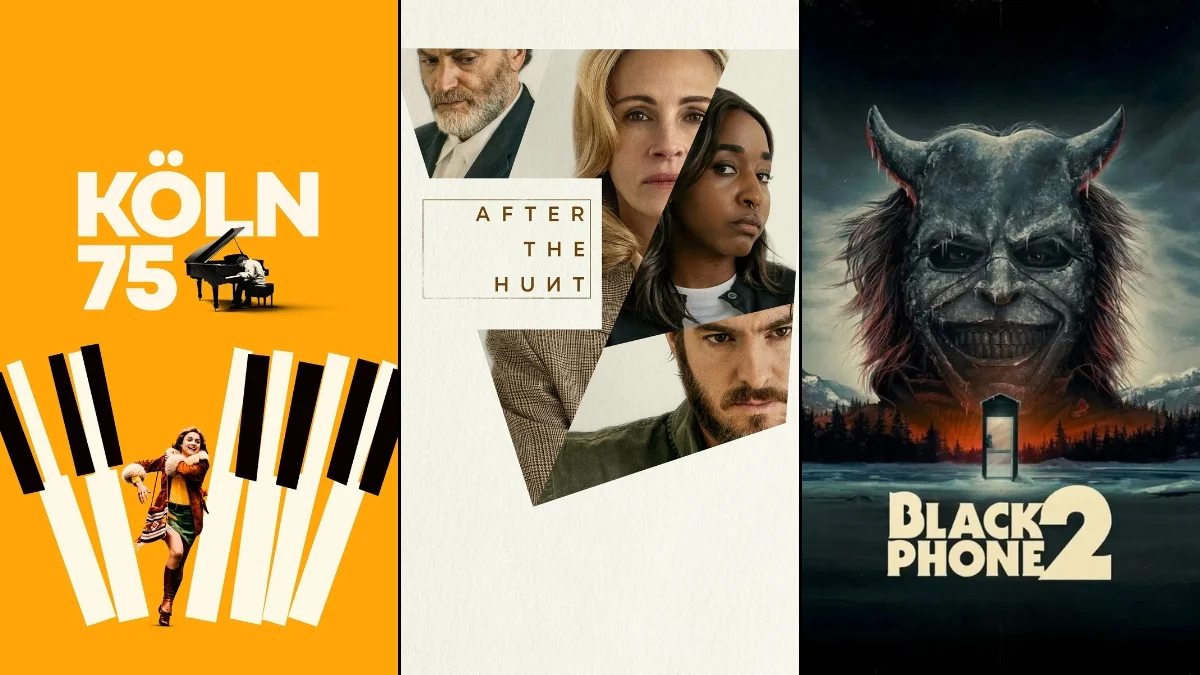




.jpeg)












 English (US) ·
English (US) ·